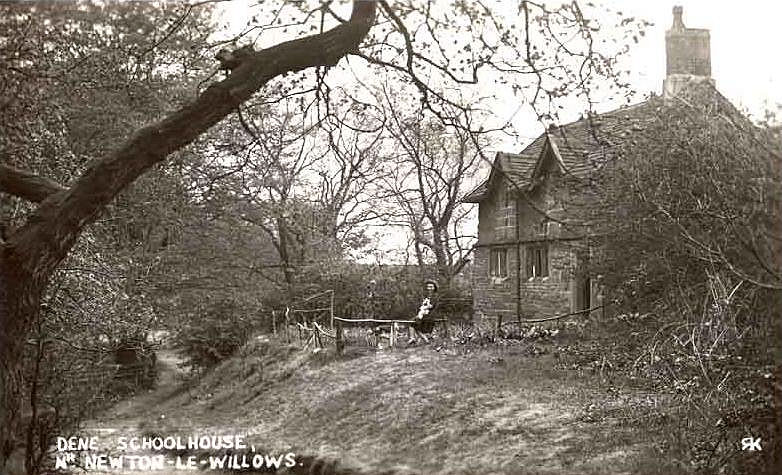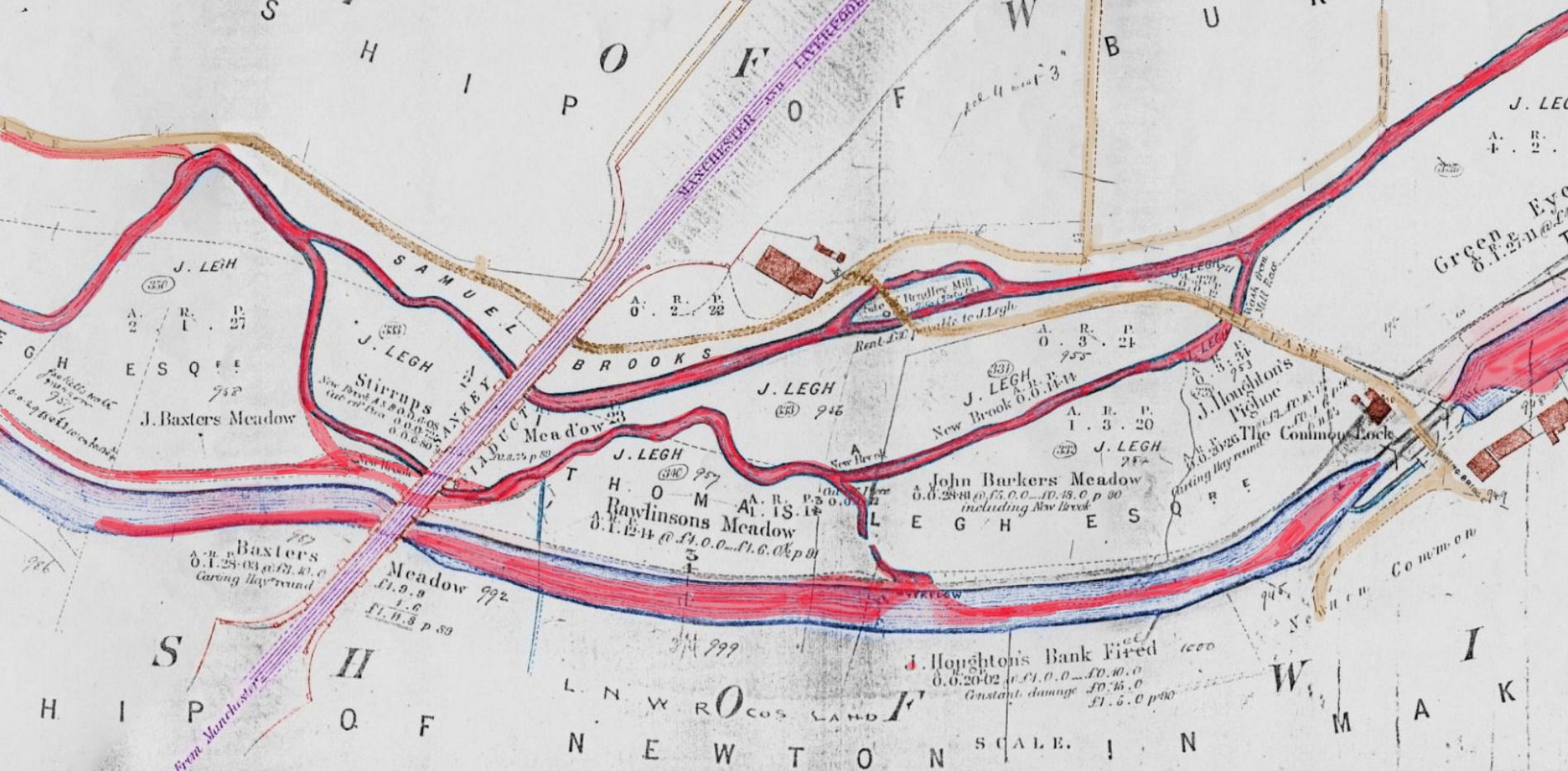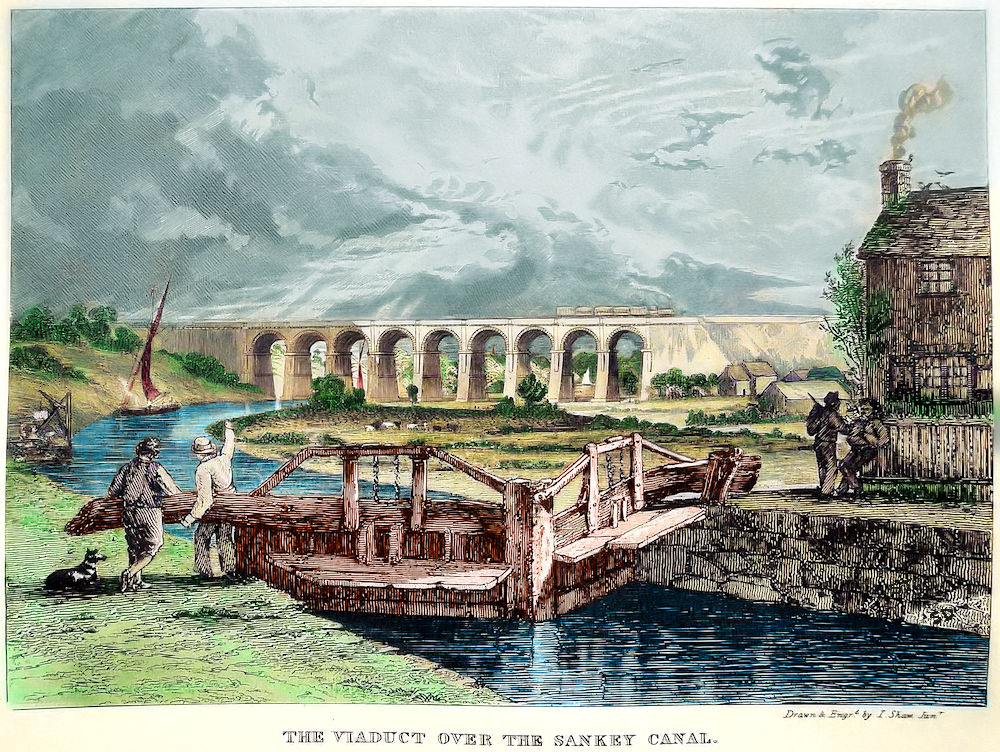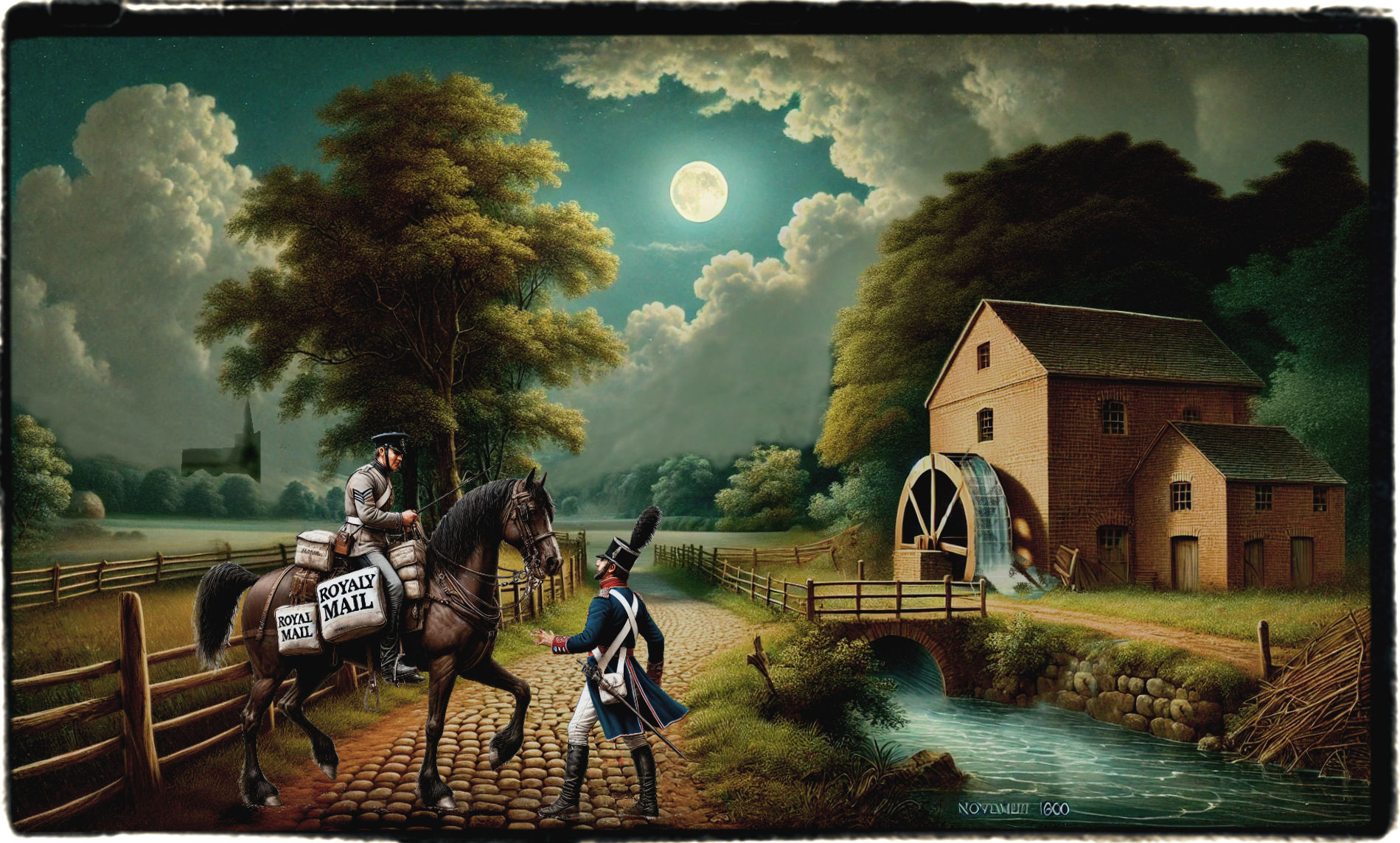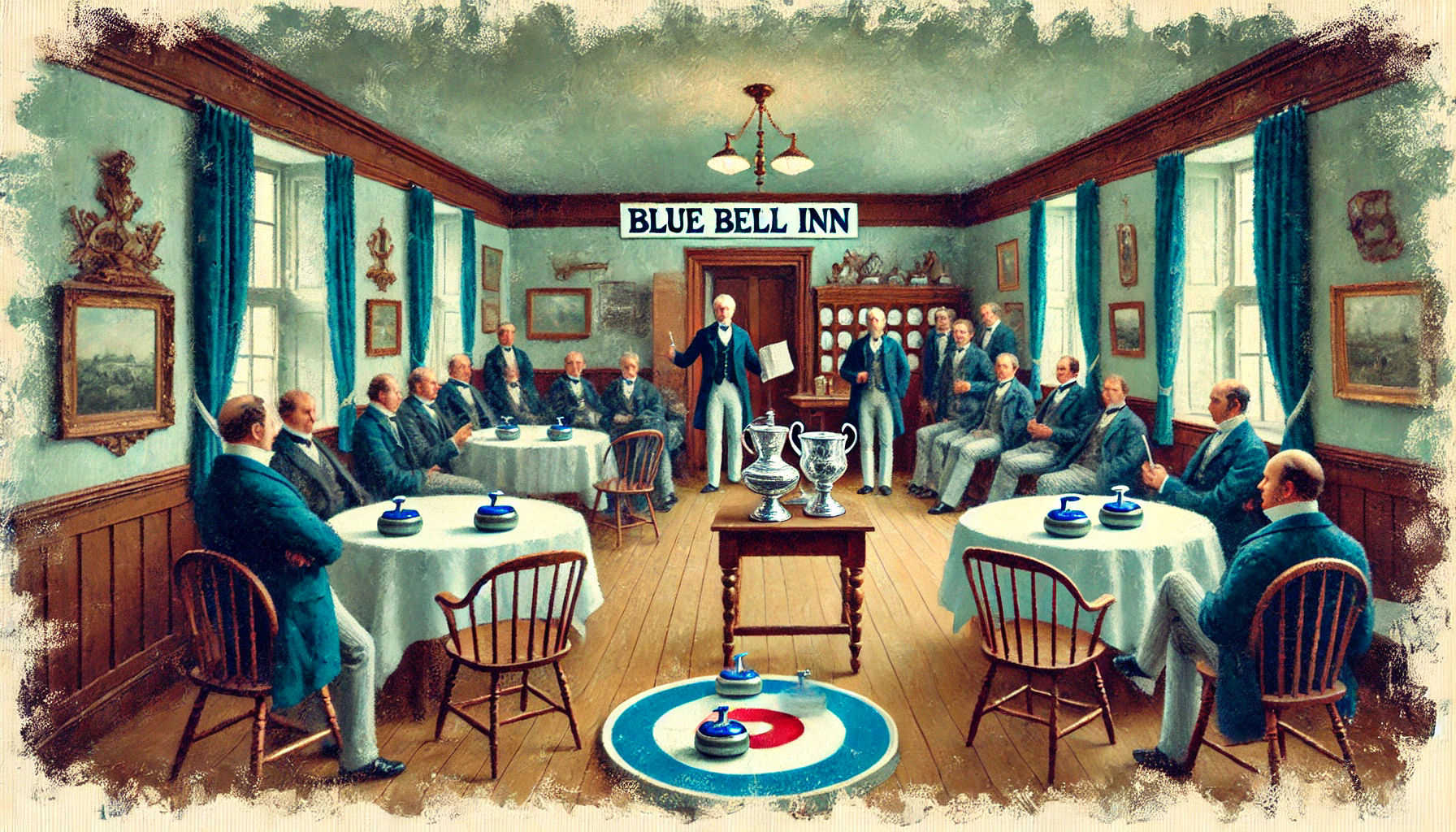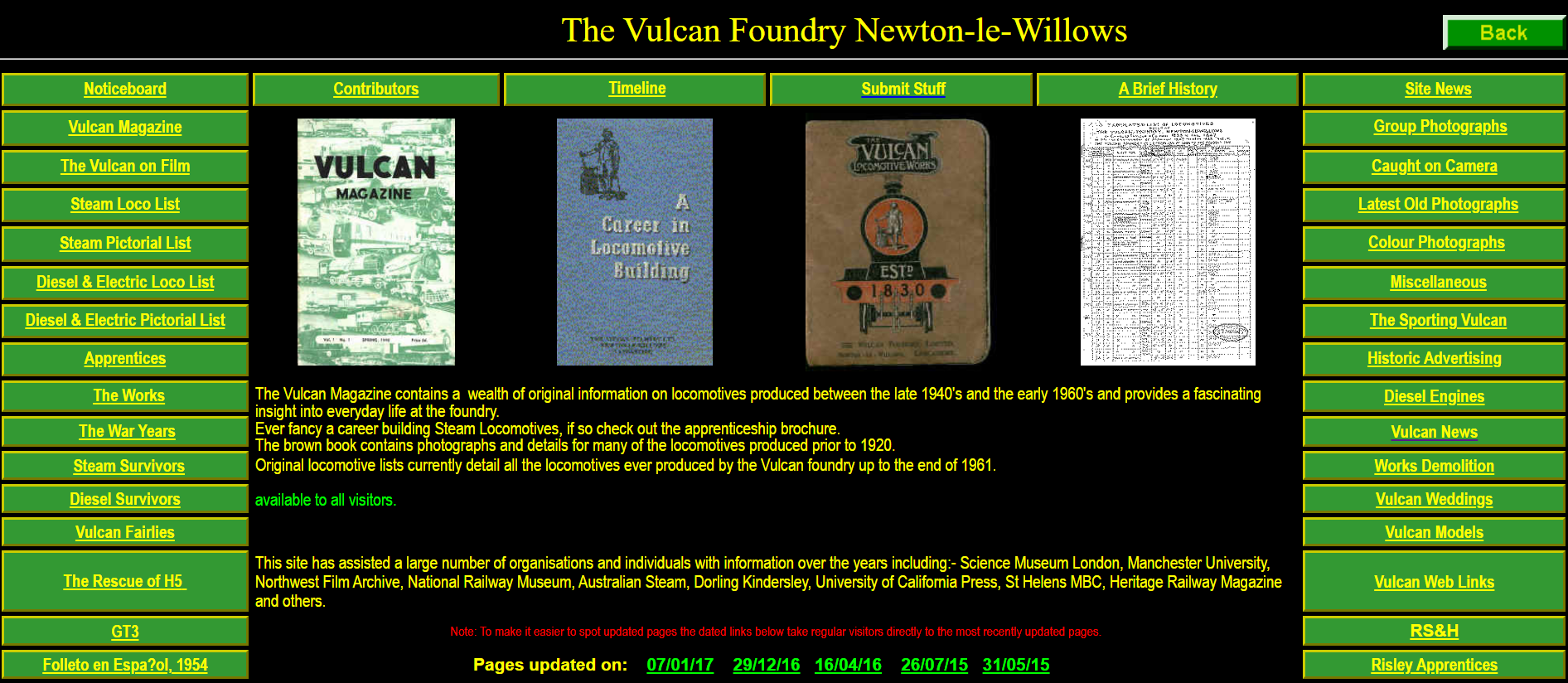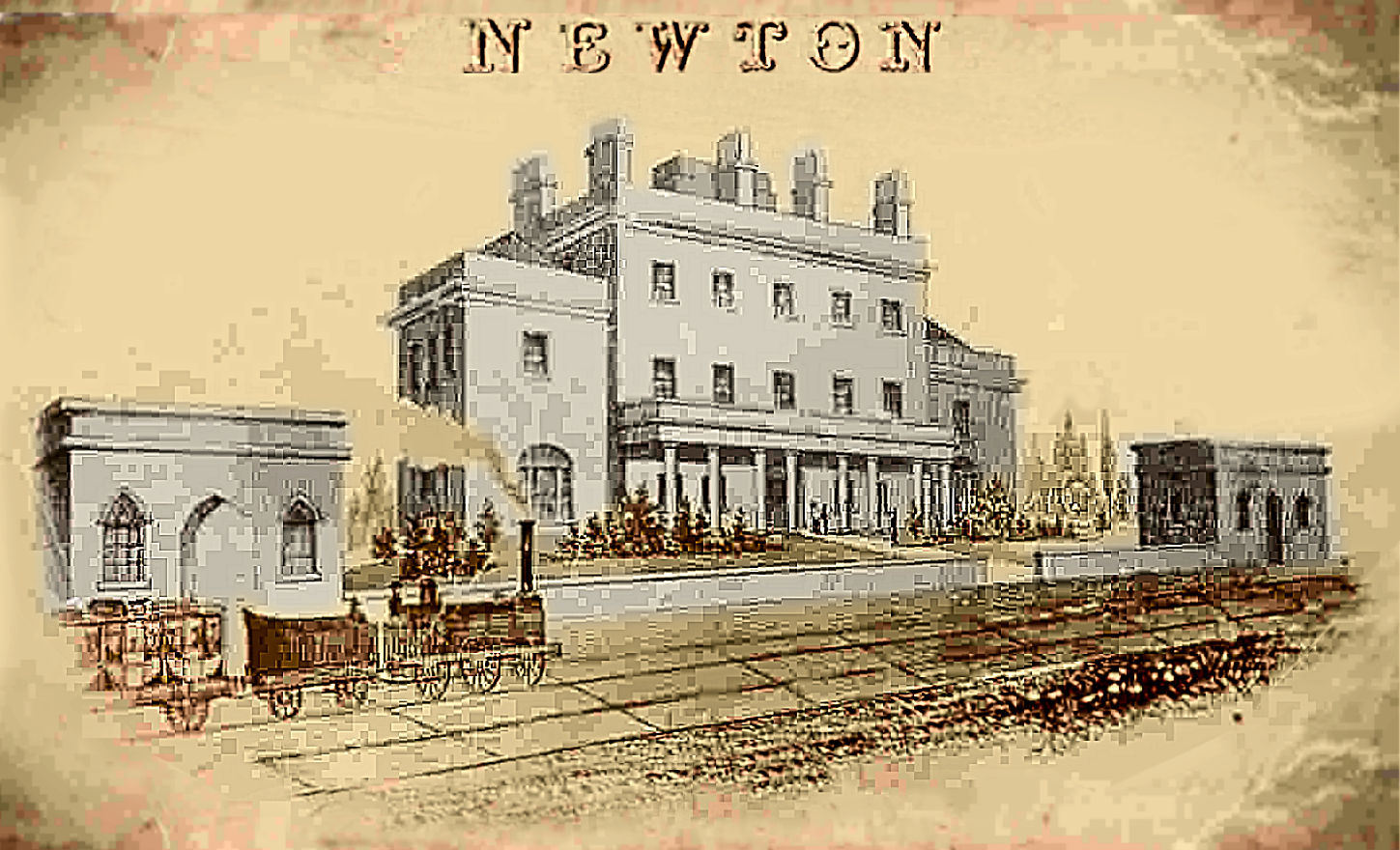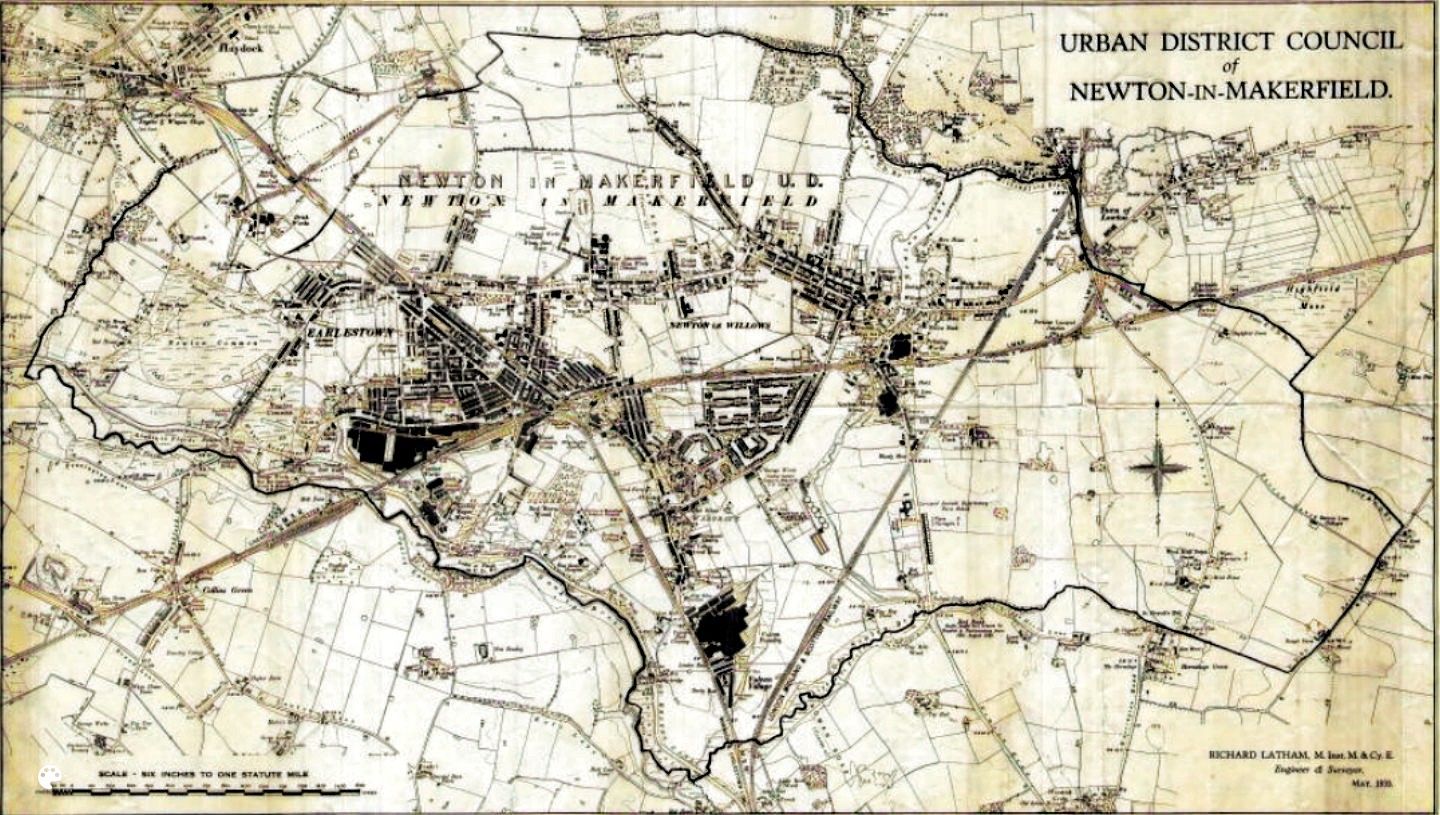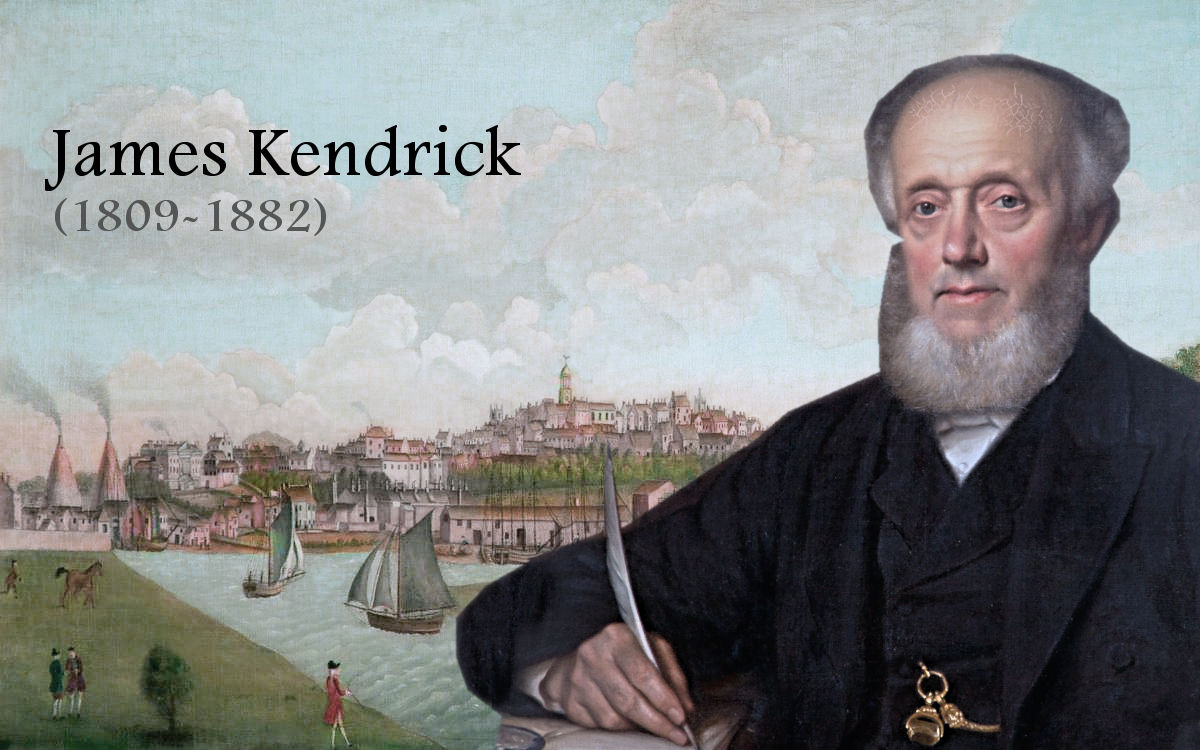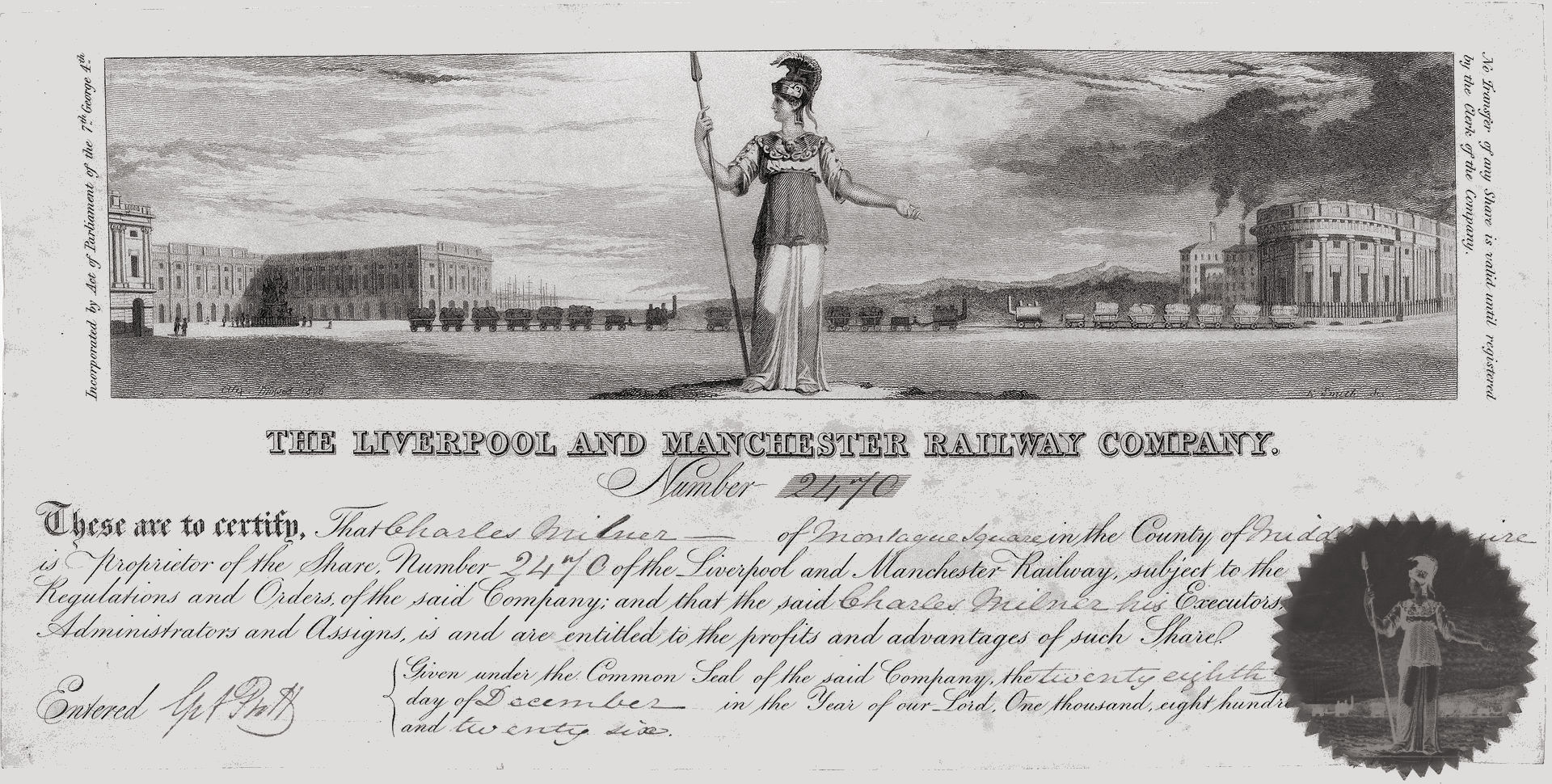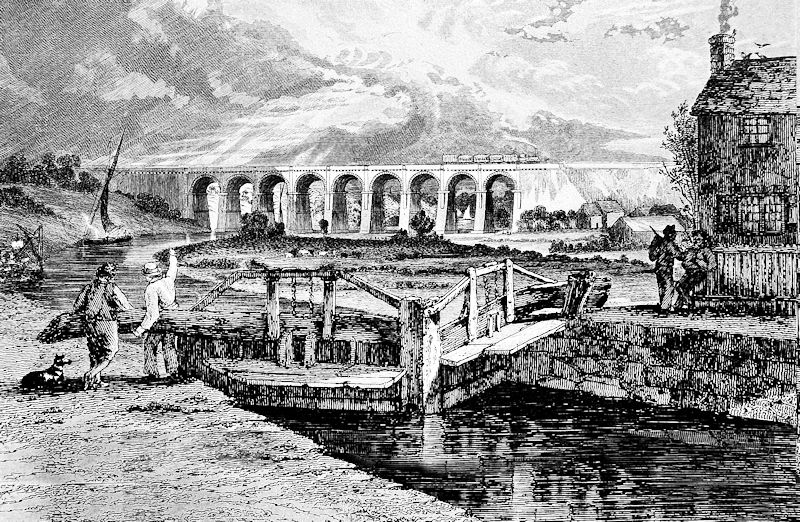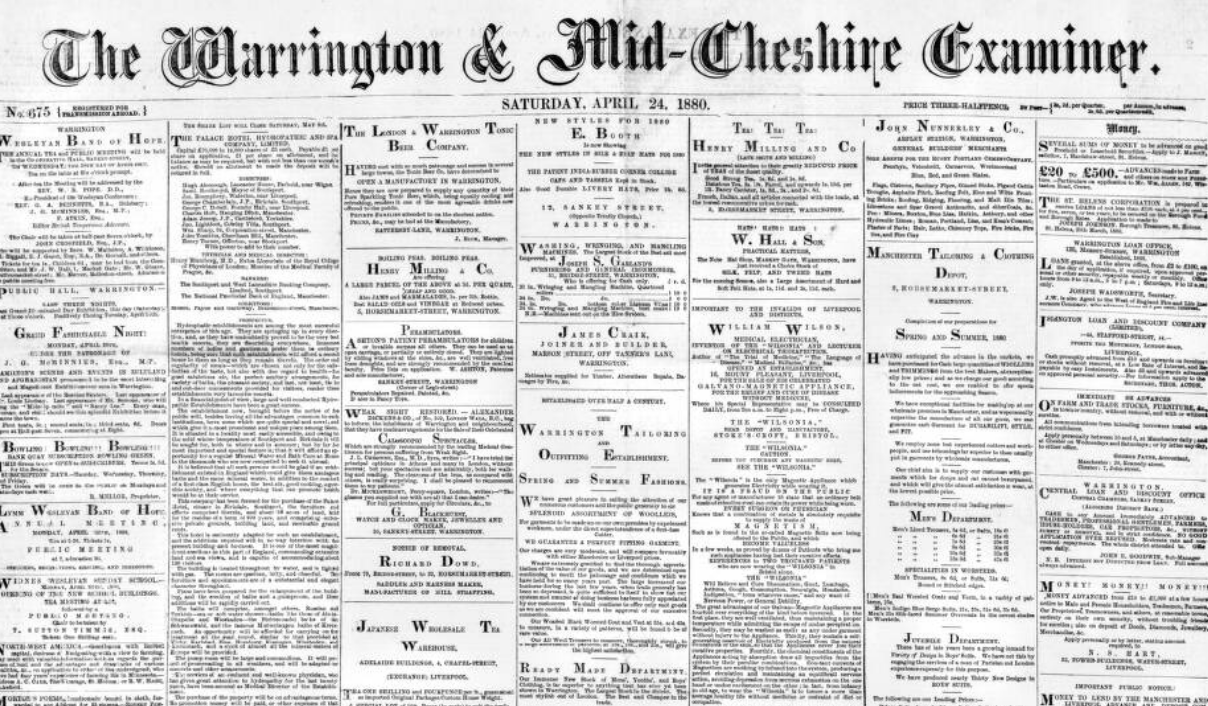In the name of God Amen the eight day of May Anno R R Dom ini [Year of Our Lord] Caroli Dei gratia [by the grace of God Charles II] secundo et vicesimo nono Annoque Dni 1677 I John Stirrup of Lowton in the County of Lancaster Chapman being sick in Body but of perfect memory thanks be to God for the same doe make and declare this my last Will and Testament in manner following viz! And calling to mind the uncertain Estate of this transitory life and that…
Read More >>Category: Newton-le-Willows
The Sankey Canal: Construction, Legislation, and Impact
Underhanded Dealings in the Construction of the Sankey Canal: A Study of Henry Berry’s Secrecy The Sankey Canal, often recognized as the first true canal of the Industrial Revolution in England, marks a pivotal shift in the country’s transport and industrial infrastructure. Under the direction of Henry Berry, its construction not only facilitated the efficient movement of coal but also set precedents in engineering and legislative interaction. This expanded essay which is built upon T.C Barker’s 1948 thesis, explores the detailed construction timeline, legislative framework, and broader impacts of the…
Read More >>THE SANKEY NAVIGATION THE FIRST LANCASHIRE CANAL
BY T. C. BARKER, M.A. Read 16 December 1948 When Arthur Young visited the north of England in 1771 he went “to Manchester with design not only to view the manufactures of that town but to make it my headquarters from thence to go the tour of his Grace the Duke of Bridgewater’s navigation about which such wonders are abroad.” (1) In the account of his tour in the north Young devoted forty- six pages, complete with maps and diagrams, to a description of these wonders: the twelve sets of…
Read More >>1800 Highway Robbery, Winwick, Red Bank Mill
GENERAL POST OFFICE Wednesday, November 12, 1800. The post-Boy carrying the Mail on Horseback from WARRINGTON to WIGAN was stopt about Half-past Two o’Clock in the Morning of Sunday 9th inst.. between Winwick and RED Bank MIll, by a Man on Foot, who after a struggle with the Rider pulled him off his Horse which the Robber mounted, and rode away with the Mail, containing the following bags of letters, viz. The Bag from London of Friday, the 7th instant, for Wigan, The Bags from Liverpool and Warrington, for WIGAN, CHORLEY,…
Read More >>1891 CURLING MATCH ON NEWTON LAKE.
In the icy grip of January 1891, the surface of Newton Lake was transformed to host a grand spectacle. Curling stones thundered across the frozen lake expanse, as teams from across the region gathered for the long-anticipated Newall and Calverley Curling Cups. After nearly a decade without competition, the lake came alive with sporting camaraderie, rivalry, and Victorian pageantry, drawing crowds of spectators eager to witness the skillful contests. This festive gathering not only celebrated the enduring spirit of curling but also showcased the vibrant social fabric its sportsmanship, tradition,…
Read More >>Vulcan Foundry: Locomotive History
Not sure how many people ever visited the ENUII website which Graeme Pilkington had put online, with its history of the Vulcan Foundry in Newton-le-Willows, unfortunatly his website went offline a few months ago, and his domain name was then purchased by an internet advertising company. I contacted Graeme the person who put together the ENUII website and the result is that he has found for me an old 2015 backup of the ENUII website content, I’ve uploaded this into my webspace. It seemed a shame to lose the resource.…
Read More >>The Lake – Poem by J H Lane
I. FULL sixty years ago, a pretty vale (Now hidden neath the waters of the lake) Extended, in a winding course, from where The railway arches span the road and brook, To Castle Hill, and thence, diverging, ran Eastwards to Golborne Dale, and westwards joined The little sylvan valley of the Dene. Adown each vale a rippling streamlet flowed, Which, at the hill commingling, journeyed on Twixt flowery banks, and murmured past the spot Where now the strong embankment separates The winding lake and willow-shaded brook, Until it reached the…
Read More >>1865: GREAT FIRE AT NEWTON PRINTING WORKS.
Manchester Courier – Saturday 18 February 1865 That portion of the railway and general printing works of Messrs. McCorquodale and Co., known as the old Legh Arms Hotel, Newton-le-Willows, and close to the Newton Station, was destroyed by fire on Thursday. Fortunately, the fire, though most destructive, did not reach the adjoining building, so well known in past years as the Old Conservative Hall, in which and adjoining is carried on a most extensive printing, binding, and stereotyping business, employing nearly 300 hands. The fire was discovered at about forty-five…
Read More >>1934: NEWTON-IN-MAKERFIELD’S INCORPORATION EFFORT
PURSUING BOROUGH STATUS: The pursuit of borough status by town councils in the early 20th century reflects a moment of civic ambition and a desire for self-determination within growing communities. For towns like Newton-in-Makerfield, which lay between two industrial powerhouses, the application for incorporation as a borough in 1934 was not only about acquiring a charter but also about asserting its identity, securing greater autonomy, and enhancing its position within the wider region. At the heart of this drive for borough status was the belief that such a change would…
Read More >>THE EARLY HISTORY OF WARRINGTON
CONTRIBUTIONS TO THE EARLY HISTORY OF WARRINGTON. by Dr James Kendrick. Transcribed from the newspaper: Manchester Courier Published: Serialised Weekly from 8th Jan 1842 through to the 11 June 1842 The author of the following “Contributions” has few preliminary remarks to offer. He has been urged to their publication by many of his friends, who felt an interest in them when brought forward, a short while since, in the form of lectures. Wanting both leisure and inclination to compile distinct volume on the subject, he has selected a periodical of…
Read More >>RAILWAY BETWEEN MANCHESTER AND LIVERPOOL.
While searching for some details in old newspapers concerning the Sankey Viaduct, I read quite a few articles from 1824 onwards related to the efforts and construction of the LMR which help set the scene and show just some of the massive efforts made to its eventual opening. There’s lots online about the Rainhill Trials and the Opening day which unfortunatly saw the accident and death of Mr Huskisson, but not so much about the lead up to the opening, the construction, or even that Mr Huskisson had already travelled…
Read More >>Sankey Canal & Viaduct 1881
VIEW OF THE VIADUCT OVER THE SANKEY CANAL. PLATE II. Through the valley of Sankey, about half way between Liverpool and Manchester, was cut the first canal for hydraulic conveyance in England; and through it also flows a small river. From the locks of the canal, the Railway Viaduct is seen to the best advantage, and from this point was the view taken; but the effect from every part here is truly delightful. Over this valley—its rivulet and canal—and the topmasts and high peaks of the barges—is carried the Railway,…
Read More >>1985: Excavation and Survey at Newton Mill, Newton-le-Willows.
INTRODUCTION In April 1985, the then Archaeological Survey of Merseyside was advised by St Helens Metropolitan Borough Council of a planning proposal to re-route a sewer pipe in Newton-le-Willows. The work was to involve the construction of a manhole within the ruins of the water-mill (NGR SJ 5927 9528) which stands on the west bank of Newton Brook, southeast of Newton-le-Willows church and west of Mill Lane (Figure 12). The existing mill remains appeared to date from the 18th century, but documentary evidence suggested that there had been a mill…
Read More >>1880: A walk around the Newton-le-Willows Neighbourhood.
Letters to the Editor…Warrington Examiner – Saturday 24 April 1880 Sir, As “the mild season, that time when rain from above falling makes all things green, and springing flowers awake from sleep and hail the wished-for day,” invited to take a walk, and the time being convenient, I strolled into Burtonwood, or, as perhaps it ought to be called, Bowyer-town-wood, passing the ruins of the mill erected by T.P.L., 1793, and under the viaduct, a picturesque object, as seen from Newton Common, and on to Bradley Hall (similar in name…
Read More >>Coloured views on the Liverpool and Manchester railway
So most people know how mad I am about local history, and over the years I have had various copies of the different reproduction historical books of the 1831 TT Bury “Coloured views on the Liverpool and Manchester railway” but have never been able to buy or afford an original book, which sell with 6 to 12 prints at anything from 6000 to 12000 pounds. But, I think that I’ve managed to buy an original 1831 Ackerman of Plate 4, showing the “Viaduct across the Sankey Valley” which is brilliant…
Read More >>